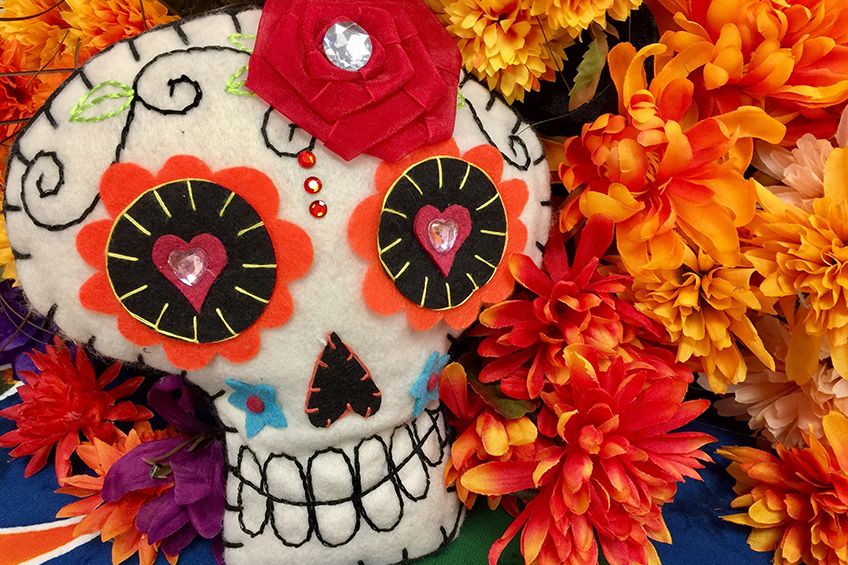For some individuals, the Day of the Dead - known in Spanish as"Dia de los Muertos" - is an unfamiliar and exotic tradition. However, this practice is common all throughout Mexico and in many parts of the United States.

For some individuals, the Day of the Dead - known in Spanish as "Dia de los Muertos" - is an unfamiliar and exotic tradition. However, this practice is common all throughout Mexico and in many parts of the United States. For instance, as a state rich in Mexican heritage, Texas is one place where Day of the Dead celebrations are not uncommon. Honoring the deceased with similar festivities is also found in many South American, Spanish, African and Asian cultures - all carrying their own unique customs and meanings.
Meaning of Day of the Dead
Although the words "Day of the Dead" may seem disconcerting, it is important to remember that this traditional Mexican holiday actually marks a celebration. The purpose of this event is to commemorate and honor past ancestors, typically held on November 1 and 2. While this holiday follows the timeline of Christian-based All Soul's Day and All Saint's Day, Dia de los Muertos actually dates back to ancient Aztec cultures that followed this tradition to honor the process of birth and death.
While actual practices can vary from region to region, most Mexican cultures will celebrate Day of the Dead on November 1 to honor children who have passed away, while November 2 is reserved for paying homage to deceased adults.
Day of the Dead Traditions
Many may be familiar with the bright clothing, floral arrangements and "sugar skull" painted faces that are often used by celebrants in Hispanic cultures. However, there are many more interesting practices that follow this historic holiday. For instance, many will leave gifts - also known as ofrendas - to help deceased ancestors along their journey in the afterlife. These gifts - such as food, flowers, pillows, clothing, memorabilia, photos - are typically left at gravesites or in the family home.
Those who see families decorating gravesites with marigolds and colorful sugar skulls in November should remember that while designed as a festivity, this is a deeply historic and respected tradition throughout Hispanic culture. As an inviting community-based holiday, individuals who are curious can often delight in celebrating Dia de los Muertos if traveling abroad in Mexico or coming across festivities in the U.S.

